Co-Processing
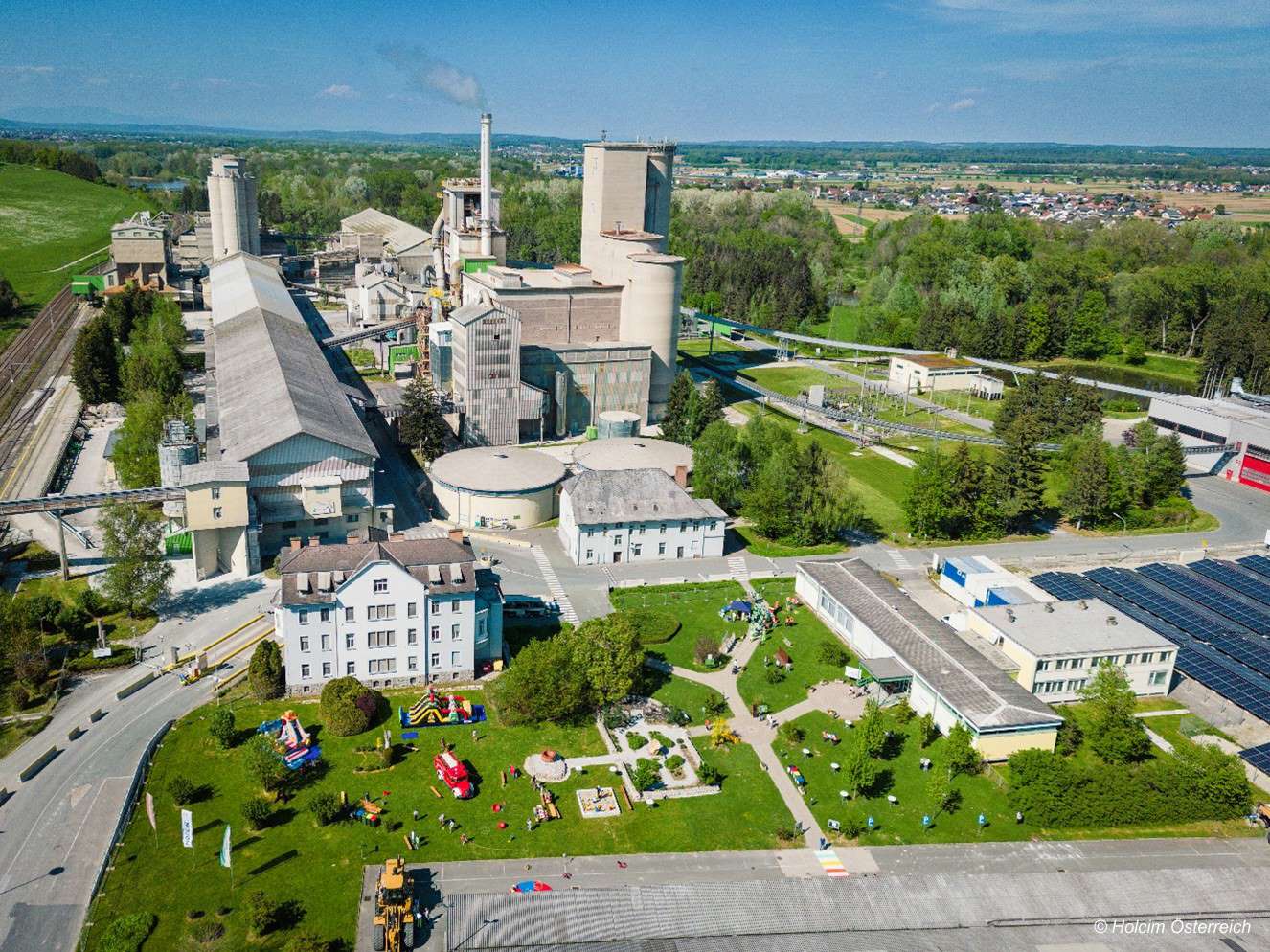

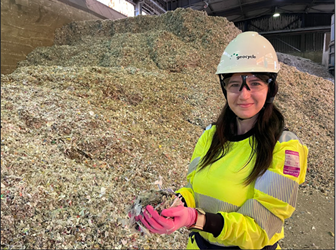
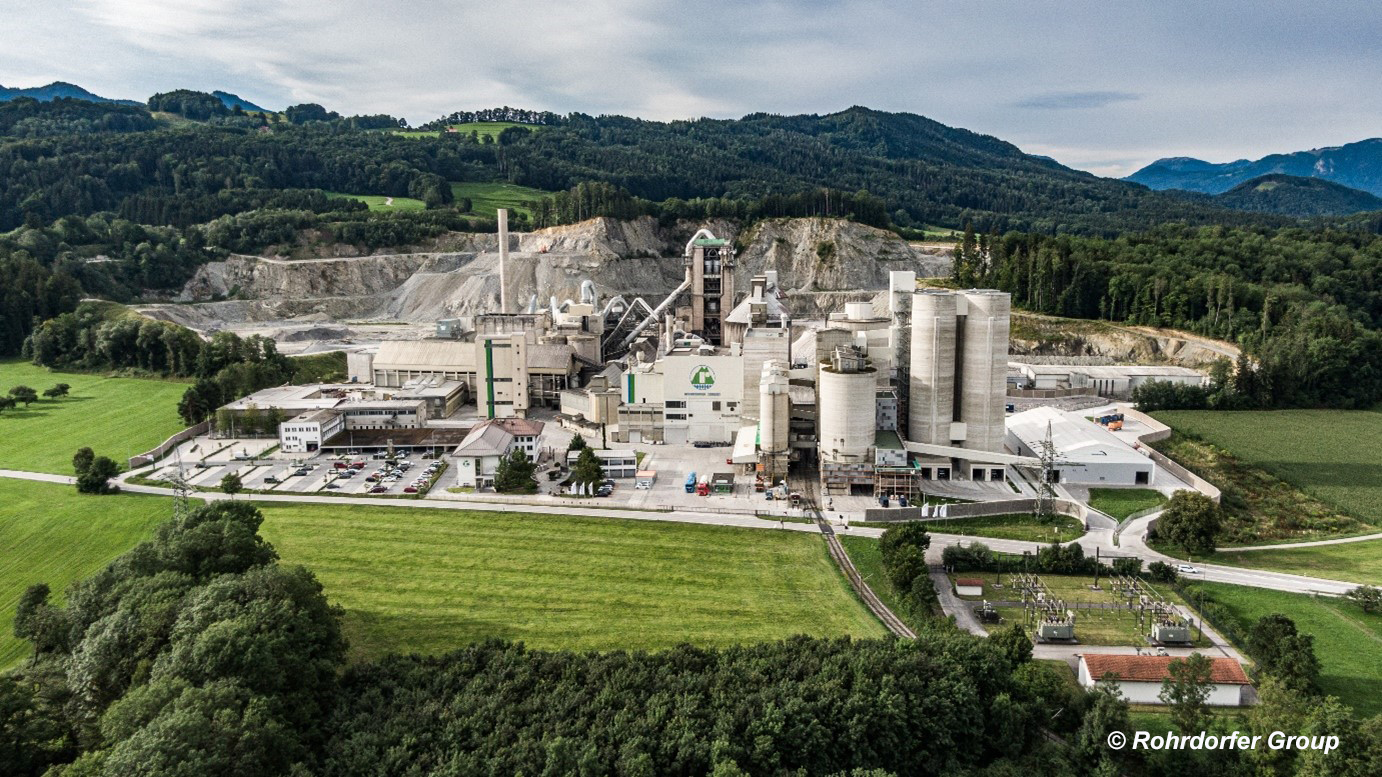
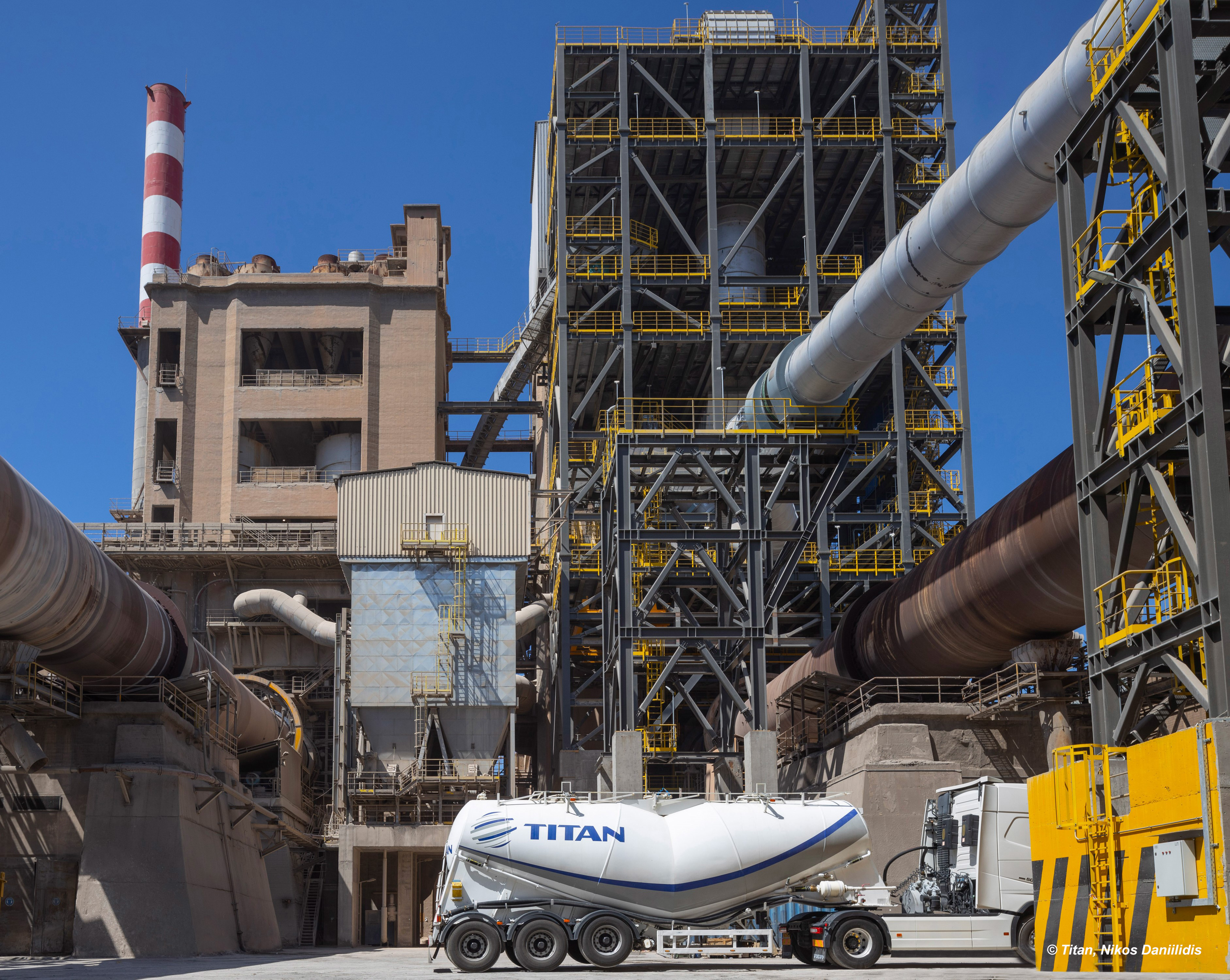
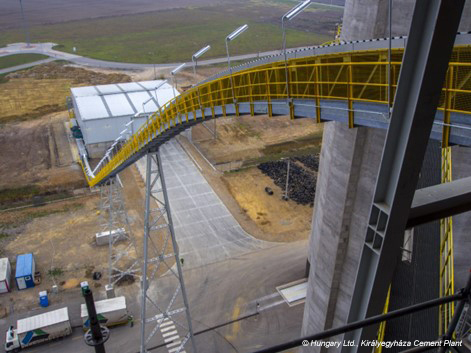


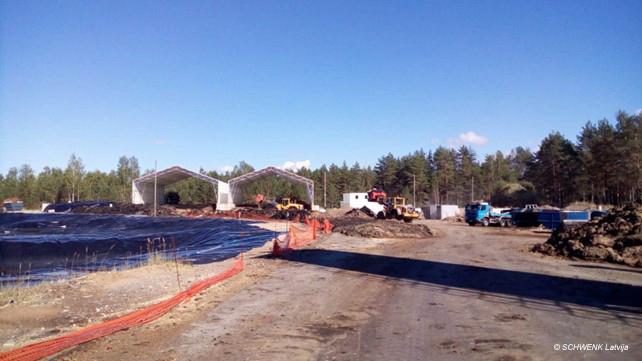



100% co-processing rate and 30% raw material recycling, Austria
Location: Retznei cement plant, South Styria, Austria
Partners: ThermoTeam, Recycling Center Retznei
Contact person: Mr. Christian Lampl christian.lampl@geocycle.com
Summary: Holcim's Retznei cement plant in South Styria, Austria stands as an exemplar in sustainable practices within the industry. With roots deeply embedded in the region, the facility has achieved a 100% co-processing rate, primarily due to its joint venture, ThermoTeam, which produces 100,000 tons of refuse derived fuel (RDF) annually. Collaborations with sectors such as pulp & paper and pharma have been pivotal in keeping waste streams circular. Further sustainability is evidenced as 38% of the plant's fuel mix is biogenic and up to 30% of its raw materials stem from recycled products. Additionally, the plant’s Recycling Center Retznei offers tailored preprocessing equipment, allowing the facility to repurpose construction demolition waste and other by-products. In terms of community outreach, a heat recovery installation reuses excess heat from clinker production to warm local homes and buildings, while solar installations meet 10% of peak energy consumption. Future prospects for the plant include innovations in sustainable construction materials and advanced plastic recycling, alongside efforts to reduce transportation emissions through collaboration with the Austrian rail infrastructure company, ÖBB.
Read more about Geocycle circular activities HERE.
Recycling secondary materials whilst restoring biodiversity, Belgium
Location: Liège area, Belgium
Partners: Electrabel / Cementir Holding / Heidelberg Materials
Contact person: Mr. Jean-Benoît Collee jean-benoit.collee@heidelbergcement.com
Summary: Fly ash from an old Electrabel deposit is being recycled by several cement plants in Belgium due to its alumina (Al2O3) content. This effort is part of a joint venture between Electrabel, Cementir Holding, and Heidelberg Materials. Their aim is to clear a substantial 2.3 million-tonne deposit between 2017 and 2029, with the ultimate goal of restoring the site to its original natural biodiversity.
The project has successfully overcome environmental and local constraints, resulting in the construction of temporary facilities, such as a 1.7km-long enclosed conveyor belt that facilitates the removal of the ash via waterways.
Achieving a complete fossil fuel phase-out through 100% co-processing rate, Czech Republic
Location: Cizkovice, Czechia
Contact person: Ms. Laure BLEZAT laure.blezat@geocycle.com
Summary: As a waste management leader, Geocycle is transforming non-recyclable waste into a valuable resource for Holcim cement plants, preventing landfill use and recycling minerals. The Holcim Cizkovice cement plant stands as a testament to this effort, achieving 100% fossil fuel replacement with alternative resources for two consecutive years. This not only curbs CO2 emissions but also adheres to stringent regulatory standards, underscoring Holcim's commitment to a sustainable, circular economy. The plant's operation reduces over 200,000 tons of net CO2 emissions annually, offering cement products with a considerably lower CO2 footprint.
Read more about Geocycle circular activities HERE.
95% co-processing rate and decarbonisation innovations, Germany
Location: Rohrdorf, Bavaria, Germany
Contact pr & corporate communications: Ms. Ulrike Schinagl / ulrike.schinagl@rohrdorfer.eu
Contact for technical questions: Dr. Christopher Ehrenberg / christopher.ehrenberg@rohrdorfer.eu
Summary: For Rohrdorfer, sustainability isn't just an aspiration—it's ingrained in their corporate philosophy. The firm's founding commitment to resource conservation and strategic foresight continues to be echoed today in the decisions of the Advisory Board, primarily composed of the founder's descendants.
Rohrdorfer's enduring pursuit of harmony between economic ambitions and ecological preservation is evident in its practices. A standout example is its focus on regional recycling management, boasting an impressive 95% rate of alternative fuel usage. Further testament to its sustainability commitment is the innovative approach to carbon dioxide avoidance and recovery.
Achieving high CO2 emissions reductions through co-processing, Greece
Location: Kamari, Greece
Contact person: Mr. Panagiotis Papadeas, papadeasp@titan.gr
Summary: The TITAN Group's Kamari cement plant in Greece recently celebrated a pivotal moment in their decarbonisation journey, with the successful completion of a €26 million green investment in May 2023. This project saw the installation and full operation of cutting-edge pre-calciner technology.
In line with TITAN's commitment to lower CO2 emissions, the new technology is set to reduce annual CO2 emissions by a remarkable 150,000 tons. It's a solid stride towards the Group's aim of net-zero emissions by 2050.
Furthermore, the new tech paves the way for greater use of alternative fuels, lessening reliance on fossil fuels. With the upgrade, the plant can now utilise 180,000 tons of alternative fuels each year, achieving thermal substitution rates above 70% for Rotary Kiln 1, and above 55% for the entire plant. This results in annual savings of 100,000 tons of fossil fuels.
The impact of this investment goes beyond the plant's walls, extending to the surrounding Attica region. By integrating recycled urban solid waste residues as alternative fuels, the plant plays a crucial role in comprehensive waste management, fostering recycling, and championing the principles of the circular economy.
90% co-processing rate and investments for lower carbon emissions, Hungary
Location: Királyegyháza, Hungary
Contact person: Ms. Zsanett MAYER, zsanett.mayer@geocycle.com
Summary: Holcim Hungary Ltd. has embarked on a committed journey to become carbon-neutral by 2050, investing HUF 4.5 billion (11 million €) to environmental protection efforts and achieving an impressive 90% replacement of fossil fuels with alternative sources. This has led to a significant 45% decrease in net CO2 emissions per tonne of cement since the early operation of the Királyegyháza Cement Plant.
Key investments have included the development of the alternative fuel storage hall and closed feeding line at the Királyegyháza Plant, and the implementation of innovative flash-dryer technology to optimise fuel efficiency. This technology is used to enhance the calorific value of fine-shredded (below 30mm, 2D) alternative fuel, known as Refuse-Derived Fuel (RDF). By improving the calorific value, more energy can be extracted from the waste, thereby reducing the need for traditional fossil fuels and supporting lower carbon emissions.
Read more about Geocycle circular activities HERE.
Championing circular economy: Unveiling the 'Hidden Recycling' in cement production, Ireland
Location: Platin, Ireland
Contact person: Mr. Brian Gilmore bgilmore@cement.ie
Summary: Irish Cement, a longstanding CRH company, has been turning waste into value for over a decade. At its Platin factory, 57% of the heat energy needed for cement production in 2022 came from Solid Recovered Fuel (SRF).
SRF is created from non-recyclable waste such as paper, plastic, and composite packaging. Not only does it replace a significant portion of the imported fossil fuels traditionally used in cement manufacturing, but its non-combustible fraction is utilised as raw material in the kiln.
One standout example is the aluminium content in SRF, typically sourced from foil-lined packaging. This aluminium becomes part of the cement clinker, reducing the need for quarried and transported bauxite. Since 2011, this process has slashed bauxite imports by around 140,000 tonnes.
This real-world circular economy example highlights how 'waste' can be turned into valuable resources, reducing the demand for virgin materials. The Platin plant's practice of sourcing aluminium from SRF has made a considerable contribution to the sustainable production of high-quality cement.
Co-Processing for sustainability: Turning unsorted urban waste into CO2-reducing fuel, Italy
Location: Robilante, Italy
Partners: Local competent authority, regional environmental protection agency, municipal waste collection and processing consortia
Contact person: Mr. Daniele Bogni dbogni@buzziunicem.it
Summary: The co-processing of Solid Recovered Fuel (SRF) in cement plants offers an efficient alternative to landfilling, particularly for unsorted waste. The Robilante Buzzi Unicem cement plant uses SRF, comprising 40%-50% carbon-neutral biomass, reducing both direct and indirect CO2 emissions. Low in nitrogen and sulphur, SRF contributes to decreased NOx and SO2 emissions, while offering a more cost-effective solution for clinker production than traditional fossil fuels.
The Robilante cement plant is integral to the local waste management plan, utilizing unsorted urban waste turned into SRF, thereby complementing recycling processes. Navigating the perception of co-processing in Italy presents a unique challenge. However, through proactive and consistent stakeholder engagement, we're making strides in enhancing transparency and building a robust base of community support.
Innovative clean-up: Utilising secondary material from Tar Ponds as alternative fuel, Latvia
Location: Broceni, Latvia
Partners: State Environmental Service, Inčukalns EKO
Contact person: Ms. Santa Klava santa.klava@schwenk.com
Summary: SCHWENK Latvija was part of an important environmental initiative in Latvia from 2018 to 2022 – the clean-up of the Inčukalns tar ponds, a historically polluted area. About 50,000 tonnes of neutralised polluted soil were utilised as alternative fuel in the Broceni cement plant during the project. The clean-up process involved extracting acid tar from the ponds and neutralising it onsite to render it safe for use as part of an alternative fuel mix. After neutralisation, the soil was transported to the Broceni plant and stored safely. The project, which was completed in 2022, demonstrates the successful transformation of an environmental challenge into an innovative solution for alternative fuel sources.
Over 90% co-processing rate & over 13% decarbonised secondary materials, Poland
Location: Rudniki, Poland
Contact person: Ms. Katarzyna Górniak-Łojek katarzyna.gorniaklojek@cemex.com
Summary: Cemex's Rudniki Cement Plant exemplifies the success of recent modernisation efforts aimed at boosting fossil fuel substitution with alternative fuels from 55% to 75%. This goal was exceeded, with alternative fuels now making up over 90% of the production process's fuels, earning the plant a global second place ranking within the Cemex Group. The modernisation efforts have resulted in a 21% decrease in unit heat consumption, a 17% reduction in carbon dioxide emissions per tonne, and significant cost savings. Furthermore, thanks to the use of alternative additives, the plant has effectively reduced the clinker's share in cement to 63%, with decarbonised waste raw materials now accounting for over 13% of clinker's material input.
With the investments in their cement plants, Cemex expects to process the equivalent annual residues of a city the size of Madrid or Berlin and is expected to soon achieve 70% alternative fuel substitution in the European region.
More information can be found on https://www.cemex.pl/-/wizyta-prezesa-cemex-fernando-gonzaleza-w-cementowni-rudniki
Secondary material integration for lower carbon emissions and landfill avoidance, Spain
Location: Lemona, Spain
Partners: Tubos Reunidos, Arcelor Mittal, Celsa Group
Contact person: Mr. Carlos Badiola carlos.badiola@lemona.com
Summary: Cementos Lemona, a CRH Company based in Northern Spain with over a century's experience in cement production, exemplifies how these processes can be adapted for improved sustainability. The company has integrated Ladle Furnace Slag (LFS), a by-product of steel manufacturing, into its manufacturing process as a secondary raw material.
LFS, abundant in Northern Spain's electric arc steel factories, possesses high lime content. This attribute allows Cementos Lemona to decrease the limestone amount in the raw mix, thus reducing related emissions. Furthermore, the LFS is rich in essential components for cement clinker, such as Silica (15%), Alumina (10%), and Iron Oxide (6%).
Utilising LFS benefits Cementos Lemona in two significant ways. First, its decarbonated properties aid the company in lowering its CO2 emissions. Second, the material contributes to the region's circular economy by preventing LFS from ending up in landfills. Hence, the use of LFS offers a concrete example of how innovative practices can align industrial production with environmental sustainability.
100% co-processing rate, United Kingdom
Location: Rugby, UK
Contact person: Ms. Sarah Murphy sarah.murphy@cemex.com
Summary: CEMEX has inaugurated its new Climafuel facility at its Rugby cement plant in the UK. This substantial investment is intended to enable the plant to cease using fossil fuels entirely, operating instead on 100% alternative fuels. Climafuel is a waste-derived fuel created from residual household and commercial waste that would otherwise end up in landfills. This represents another significant milestone in CEMEX’s global Future in Action decarbonisation strategy.
More information can be found on https://www.cemex.co.uk/-/cemex-to-operate-fully-on-alternative-fuels-at-uk-cement-plant.
Discover the case studies above in our photo gallery of how co-processing can replace even up to 100% of fossil fuels in the cement industry. Please click on the photos for more information.
About co-processing
Co-processing, in other words the use of alternative fuels, is the combination of simultaneous material recycling and energy recovery from waste in a thermal process. This method substitutes natural mineral resources and fossil fuels, like coal and petroleum products. Within a cement kiln, waste fuels are co-processed, using the heat value derived from the waste fuel to substitute fossil fuels and incorporating the ash as a partial replacement of raw materials, leaving no waste residue.